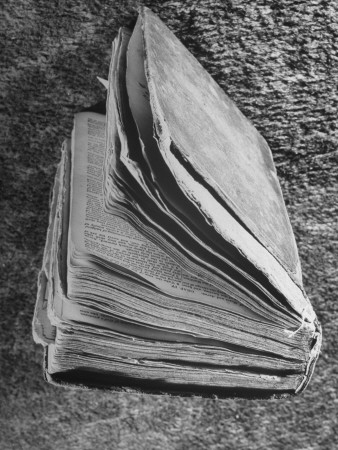
Our bell peppers did well this year! We were able to pickle them along with blanch a bunch of strips for fajitas and future pizza toppings. Once I had adequate amounts of those on hand, I was eager to store this next harvest without taking up any more of our dwindling freezer space or using any more precious jars.

It was time to bring out our Excalibur Dehydrator! While my first attempt at drying brought me mummified blueberries, I had high hopes for this venture (When you invest in something like thi$, you NEED to figure it all out!).

It was time to bring out our Excalibur Dehydrator! While my first attempt at drying brought me mummified blueberries, I had high hopes for this venture (When you invest in something like thi$, you NEED to figure it all out!).
My desire was to store some chopped and dried peppers for the autumn/winter months which would flavor soups and pasta sauces. The thought of tossing in some "already prepared" vegetables into a simmering pot on a cold day brought a smile to my face. Daydream is over, let's get to work!
First, wash all of your produce. Second, find any capable chopping hands in the area and put them to good use.
Our dehydrator has nine trays and we were able to fill up six of them with our garden bounty.
Next, we placed all the filled trays back into the unit and set the timer for the allotted time which depends upon the area you live and the humidity. The dehydrator manual provides that information.
When the peppers were finished, I poured them into a recycled spice container. You can see how much they shrunk down. All six trays fit into this 6 ounce bottle! It is great on storage space to think that there are over twenty bell peppers inside! Amazing.
I am saving all my used spice containers and trying to buy the same brand for uniformity. My dream goal is to have a row of prepared, dried goods procured from our garden. I also pasted on a label which provides the approximate yield amounts. If a soup calls for one bell pepper, then I simply drop in 1/4 cup of the dried flakes.
The other fun thing about using these containers is that there is already a spout for measuring large amounts one one side.
The side with holes is perfect for sprinkling into foods should you want just a dash of flavor to liven up a recipe.
To reconstitute: Place equal amount of boiling water to your amount of dried vegetable. Soak from 10 minutes to 2 hours depending on how soft you need them to be. You could also toss them directly into soups and sauces as they cook (which I do a lot of the time) but they may not be as tender or flavorful.
The side with holes is perfect for sprinkling into foods should you want just a dash of flavor to liven up a recipe.
To reconstitute: Place equal amount of boiling water to your amount of dried vegetable. Soak from 10 minutes to 2 hours depending on how soft you need them to be. You could also toss them directly into soups and sauces as they cook (which I do a lot of the time) but they may not be as tender or flavorful.
I am including my clip art in case you are interested in drying some peppers yourself. You could probably do something similar in an oven if you haven't a dehydrator. This is excellent to add into many savory dishes such as pot pies, pasta sauces, pilafs and autumn stews. Happy harvesting! ~JES
"In all labour there is profit…"
~ Proverbs 14:23a


This post may be shared with some or all of the following link-ups: The Art of Home-Making Mondays, Modest Mom Monday's, Homestead Barn Hop, Monday's Musings, Marriage Monday, Titus 2sdays, Titus 2 Tuesdays, Raising Homemakers, Make Bake Create, Wise Woman Link Up, Wow Us Wednesdays, Wildcrafting Wednesday, The Scoop, So Much at Home, Homemaking Thursdays, Home Sweet Home, Hearts for Home Thursdays, Growing in Grace Thursdays, Home Acre Hop, From the Farm Blog Hop, Farmgirl Friday, Front Porch Friday Blog Hop, Simple Meals Friday, Cultivate Nourishing and Clever Chicks Blog Hop. Thank you lovely ladies for hosting these.





















































